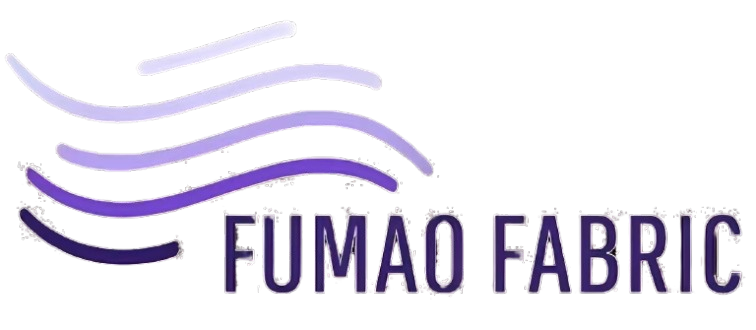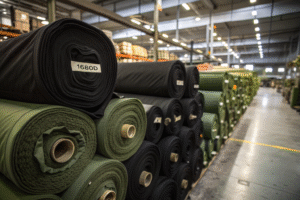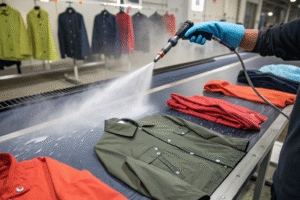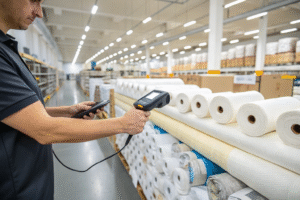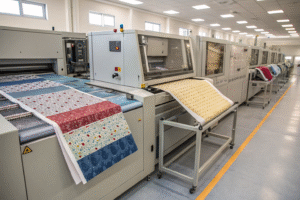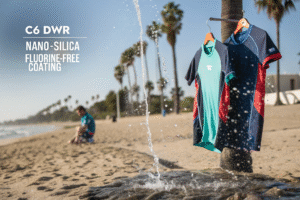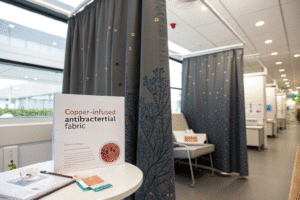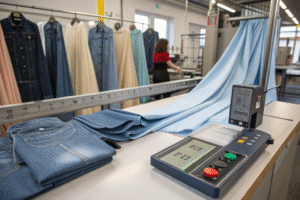Sustainable buzzwords are everywhere, but making real choices that impact your bottom line takes more than trends. Imagine offering garments that are good for the planet and your brand. Should U.S. fashion companies really invest in organic cotton fabric?
Yes—organic cotton fabric is worth the investment for U.S. brands that prioritize sustainability, customer trust, and long-term brand value. While upfront costs may be higher, organic cotton aligns with eco-conscious consumer preferences, supports premium pricing, and reduces environmental risks across the supply chain.
Let’s explore how this decision pays off—and what role global suppliers like Fumao Fabric play in making it viable.
Is organic cotton clothing worth it?
Many buyers worry about higher costs or limited supply. Imagine launching collections that resonate with customers and support long-term goals. Is choosing organic cotton really worth the extra expense?
Organic cotton clothing is worth the investment for both brands and consumers. It supports cleaner farming practices, reduces skin allergies, and meets rising demand for ethical fashion. U.S. consumers increasingly seek authenticity, and organic cotton sends a clear message of responsibility and quality.
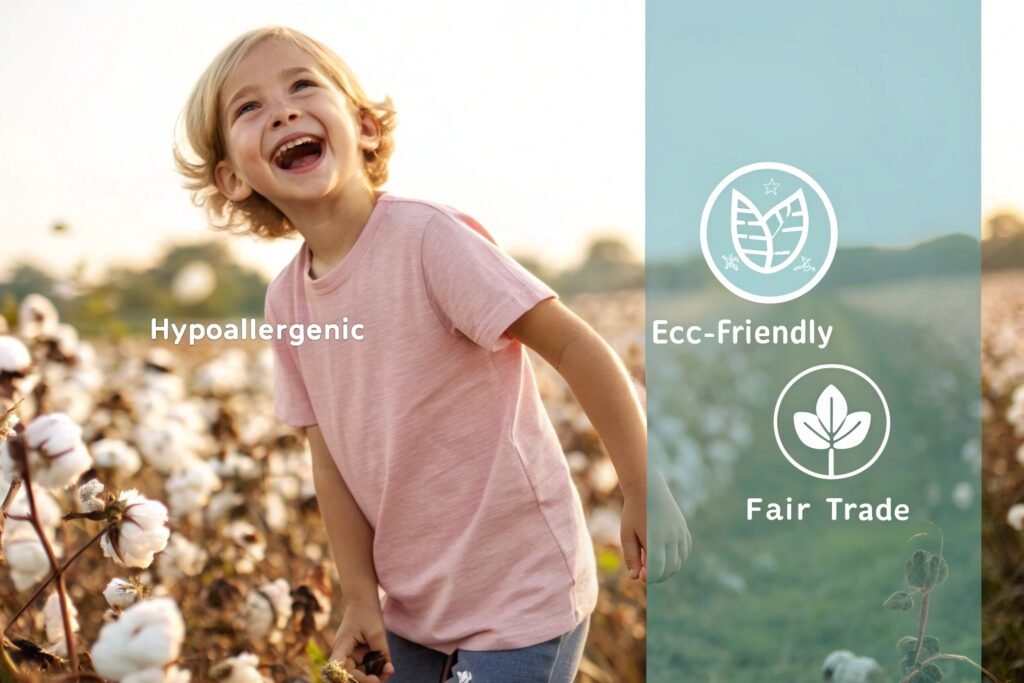
What are the key benefits for your customers?
Organic cotton is grown without toxic pesticides or synthetic fertilizers, making it safer for skin—especially in babywear and activewear. It feels softer and lasts longer. At Fumao Fabric, we supply GOTS- and OEKO-TEX-certified organic cottons for fashion and home textiles, providing peace of mind to both brands and end users.
How do organic claims affect brand value?
Transparency is now non-negotiable. Customers do their research. Brands using certified organic materials can market with confidence and charge premium prices. That’s how we help our clients in the U.S. apparel and kidswear markets win long-term loyalty through eco-conscious product lines.
Is organic cotton profitable?
Profitability concerns often deter brands from choosing sustainable materials. But imagine charging more for garments customers truly value—and that sell faster. Is organic cotton fabric really profitable?
Yes, organic cotton can be profitable when positioned correctly. Brands that communicate its benefits can charge 20–30% more per unit, while also reducing return rates due to skin irritation or poor durability. The key is aligning product, story, and customer expectations.
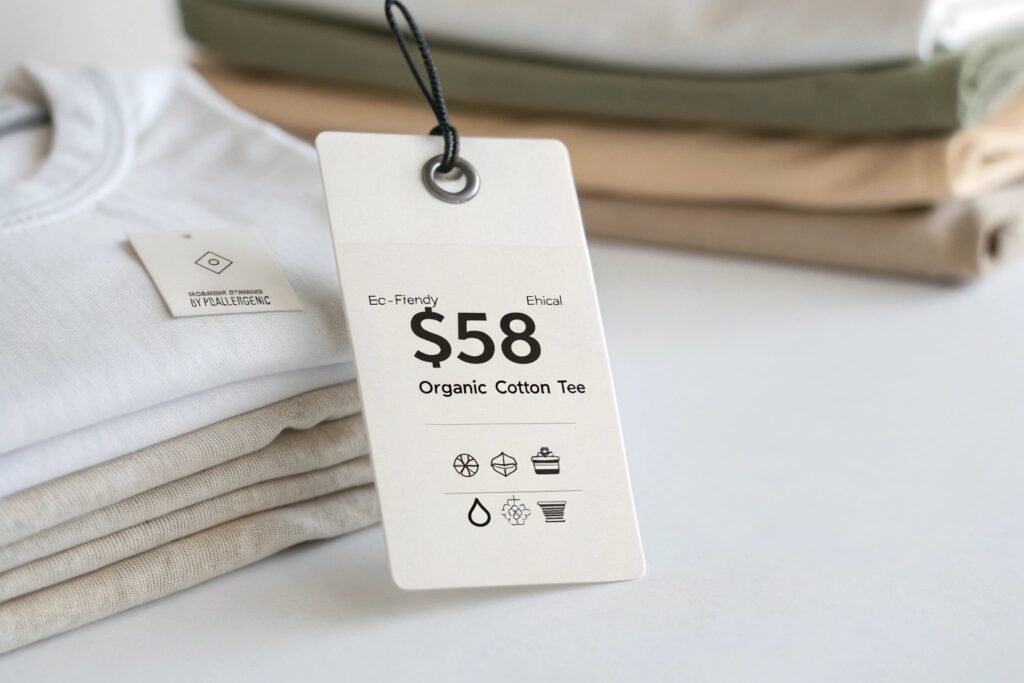
How do higher margins offset higher costs?
Organic cotton fabric often costs 20–40% more than conventional cotton. But U.S. customers are willing to pay more—especially for babywear, loungewear, and basics. At Fumao Fabric, we help brands optimize pricing with custom orders, flexible MOQs, and design support that enhances perceived value.
| Product Type | Avg. Retail Price Increase | Return Rate Impact |
|---|---|---|
| Organic Cotton Tees | +25% | -18% |
| Organic Babywear | +35% | -25% |
| Organic Bedsheets | +20% | -15% |
What strategies improve profitability with organic fabric?
- Smaller MOQs: We offer low-volume options to test markets
- Branding: Use certified labels to justify higher price points
- Efficient Sourcing: We consolidate organic fabric shipments for lower freight costs
With the right supplier and marketing, organic fabric can drive both margin and loyalty.
What is the demand for organic cotton?
Switching fabric sources only makes sense if the demand is there. Imagine tapping into a growing market segment eager for cleaner clothing. What does the data say?
Global demand for organic cotton is rising steadily, with U.S. consumers leading growth. In the last five years, organic cotton consumption has grown by more than 15% annually across categories like babywear, women’s basics, and home textiles. Retailers now demand certified sources to meet internal sustainability goals.
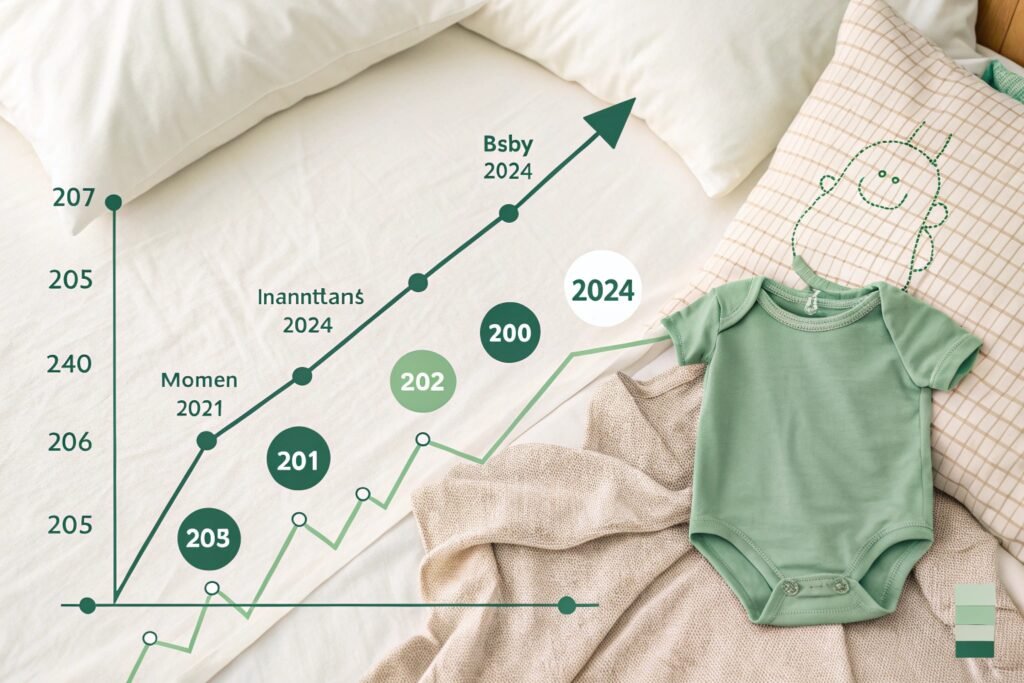
Which U.S. segments are growing fastest?
- Kidswear: Parents are increasingly cautious about what touches their children’s skin
- Athleisure: Sweat-wicking and soft organic blends are trending
- Home: Organic bedding and towels now command premium shelf space
We’ve seen our U.S. buyers—especially boutique brands—double their orders in a single year after switching to organic cotton. This demand isn’t a fad—it’s the new baseline.
What drives consumer demand?
Conscious consumerism, eco-certification visibility, and influencer messaging. In fact, more than 60% of Gen Z shoppers prefer sustainable fabric choices and are more likely to purchase from transparent brands.
Which country is the largest producer of organic cotton?
Sourcing organic cotton requires understanding global supply. Imagine choosing suppliers with both scale and ethics. Who leads in this field?
India is the largest producer of organic cotton globally, followed by China, Turkey, and Kyrgyzstan. China’s role is growing rapidly, thanks to improved farming practices and certification systems. At Fumao Fabric, we source both Chinese and Indian organic cotton to provide flexible, traceable options to U.S. buyers.
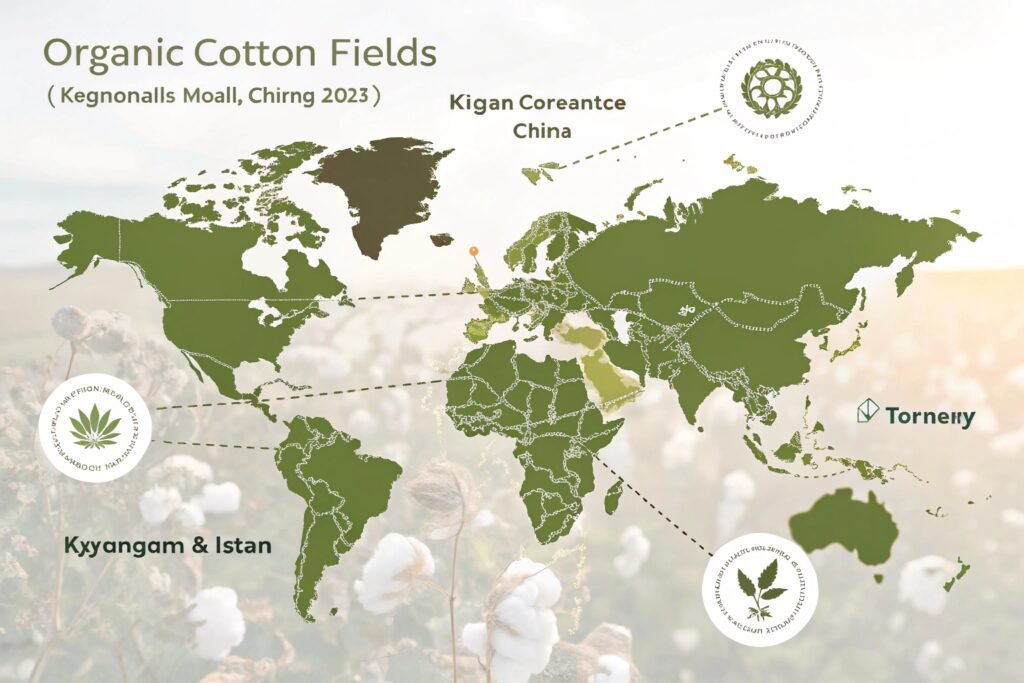
Why source organic cotton from China?
Chinese suppliers offer shorter lead times, better infrastructure, and vertical integration. In Keqiao, where Fumao is based, we control weaving, dyeing, inspection, and export logistics—so we meet U.S. compliance and delivery timelines with less back-and-forth.
How does certification work?
We provide full documentation, including:
- GOTS (Global Organic Textile Standard)
- OEKO-TEX Standard 100
- Customs Declarations for DDP Shipping
Our clients get complete transparency with QR-coded roll tracking and batch-by-batch testing.
Conclusion
Yes, organic cotton fabric is worth the investment for U.S. brands seeking quality, differentiation, and sustainability. With strong demand, premium pricing potential, and growing global supply, the fabric is no longer niche—it’s a smart business move. Fumao Fabric makes it easy to source certified, traceable organic cotton at competitive lead times.
